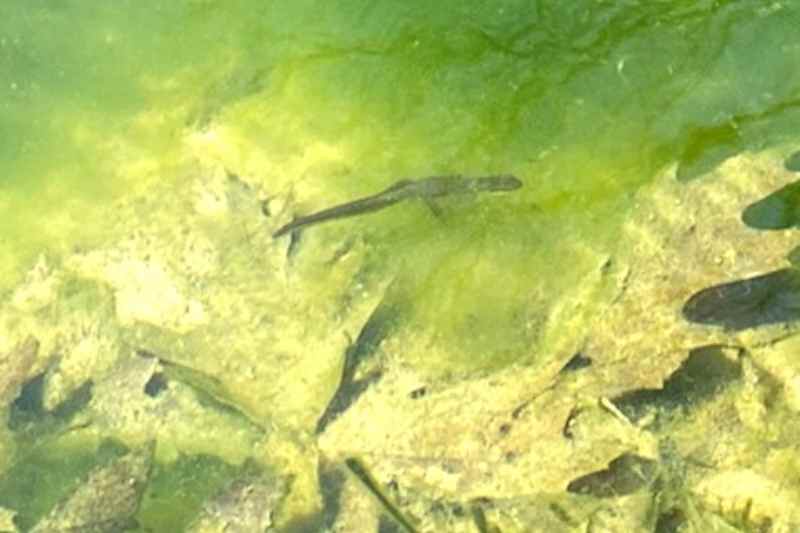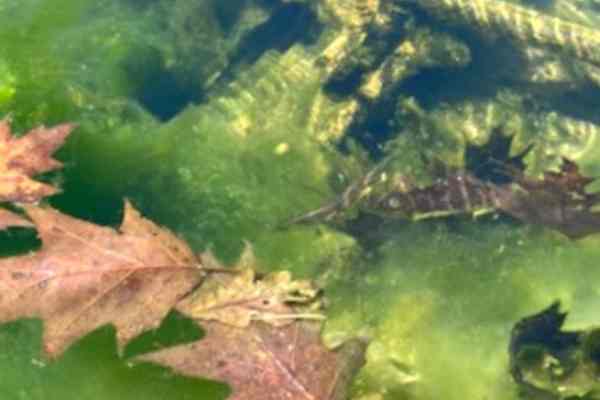Vernal pools are unlike any other freshwater wetlands.
When we think of bodies of water, we automatically visualize creeks, lakes, rivers, and oceans. However, did you know that seasonal wetland water sources created in a natural setting (called vernal pools) are just as important? Vernal pools are unlike other freshwater wetlands mainly due to how they are created.
In late winter and early spring, melting snow and rainwater collects in small, depressed areas in various landscapes, such as forested habitats, floodplains, and old quarries. We may consider them mud puddles or stagnant pools of water, but they are not.
Why are vernal pools so important?
According to the National Wildlife Federation, “Vernal pools play a critical role in the ecology of many forests and prairies by sheltering species, including declining amphibians.” They are essential for supporting the health and biodiversity of our forests and are an integral part of the wildlife food web.
Vernal pools are ideal for many obligate small species of life such as American wood frog tadpoles, toads, several species of salamanders, and other insects and invertebrate species like fairy shrimp. Fairy shrimp produce eggs that can survive on dry vernal pool bottoms until the vernal pool refills. The eggs only hatch when the water conditions are right for survival.
The primary source of food for many vernal pool organisms are fallen dead tree leaves, which lie at the bottom of the vernal pool.
In the fall, autumn leaves are shredded by caddies-flies, isopods, and other species, which other creatures eat to obtain energy. Next, wood frog tadpoles, fairy shrimp, and a variety of insects eat more minor bits of residues left behind. Finally, insects, spiders, amphibians, reptiles, and birds consume the leftovers. When vernal pools shrink to mud holes in late summer and fall, reptiles such as turtles and snakes rely on them for shelter and food.
Local and state parks have various programs – from birding to vernal pool explorations – conducted by educators who are passionate about biodiversity.
Check out opportunities near you to observe vernal pools or other seasonal biodiversity. When exploring vernal pools, we recommend bringing the following:
- A small backpack or field bag
- A journal and a writing utensil
- A small aquarium dip net to find aquatic animals
- A book to identify the species you have discovered
- A pair of binoculars to view your specimen
- A reusable drinking bottle, and a snack.
Happy trails on your exploration!












